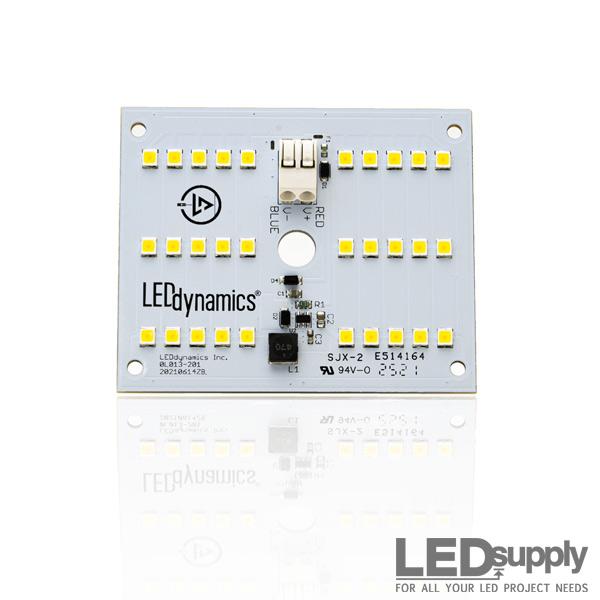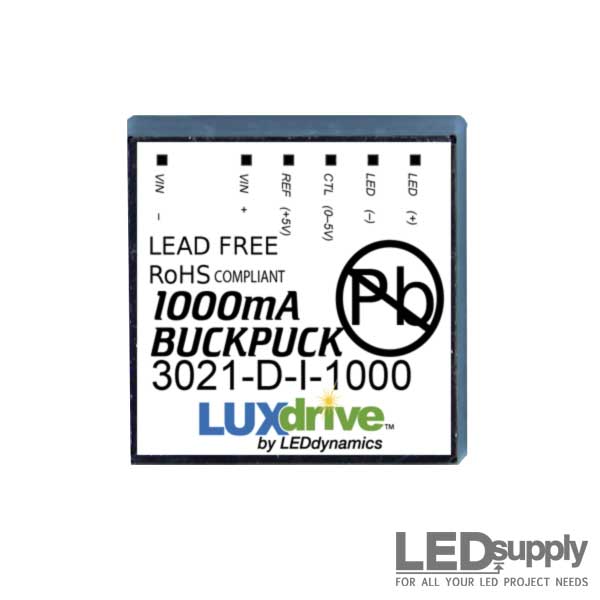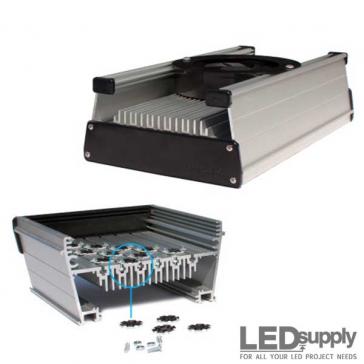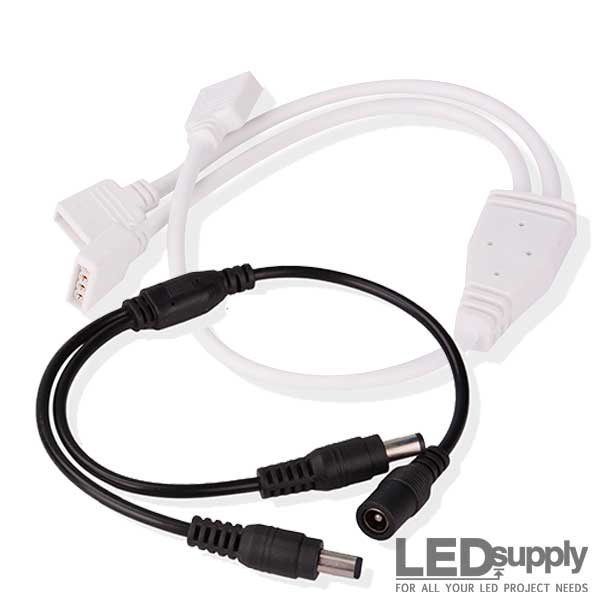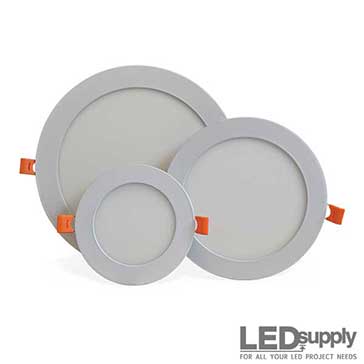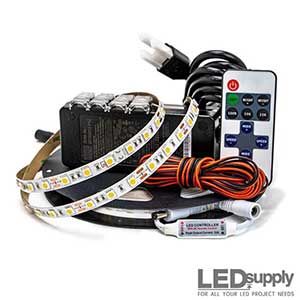LED Heatsinks & Housings
Sort By: Best match
Heat sinks used with LEDs are designed to absorb and disperse excess heat away from the LED diode and into the heat sink. Passive or active air then circulates around the heat sink to help cool it. Too much heat will damage LED phosphor, resulting in lower light output, changes in color and or a significant decrease in life expectancy. Unfortunately, the most common issue we see in LED lighting applications stem from too small of a heat sink or none at all. To avoid these thermal issues we offer a wide variety of LED heat sinks below, which include: anodized extruded linear heat sinks, LED housings, LED light engine housings, aluminum stock and small finned heat sinks. To learn more about why you need an LED heat sink take a look at this article here.
General Information on LED Heatsinks
Do I need a heatsink?
What material provides the best cooling?
In general, if you are running LEDs at or over 350mA, then a heatsink is required.
Setting aside all factors besides thermal resistance, the best metal for conducting heat, from highest to lowest are: silver, copper, gold and aluminum. Copper and Aluminum are the most commonly used materials for heatsinks, however copper is more expensive, heavier and melts at a higher temperature, making Aluminum the most used material for LED heatsinks.
How much heatsink do I need?
Is there an alternative to heatsink cooling?
Good question to ask - excess heat will degrade your LED and significantly lower light output. In general terms, we recommend a conservative 3-square inches of heatsink surface area per watt; a single high-power LED driven around 350mA is generally around 1-watt.
Often, the design of your LED application restricts the size of a heatsink, causing the heatsink to be inadequate for complete cooling. Other ways to help cool your LED can be active convection or forced air. Forced air can significantly improve cooling, in some applications active cooling can account for 40-percent of the heat dissipation. Many LED bike light applications under-size their heatsinks because of the natural forced air cooling from riding. Under water applications is another case where a heatsink can be under-sized, as typically the water temperature is low enough to act as one large heatsink.

